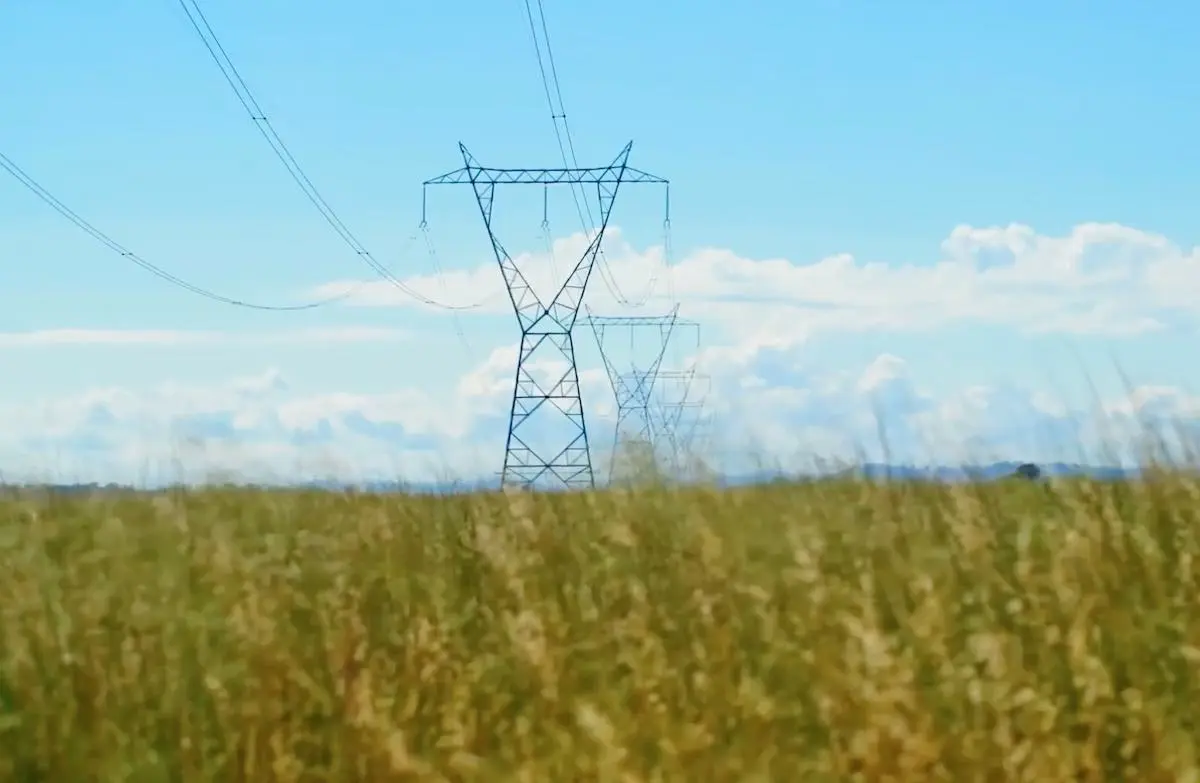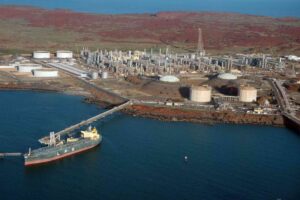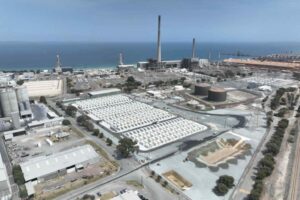A transmission project that will provide the bones to flesh out Australia’s first renewable energy zone in the central west of New South Wales has been given the green tick by the federal government.
The transmission project in the NSW Central-West Orana Renewable Energy Zone will add around 240km of new transmission lines between Wollar and proposed substations at Merotherie and Elong Elong, and connections to 4.5 gigawatts of new solar, wind and battery projects.
The project includes 90km of 500 kV transmission lines and 150km of 330 kV transmission lines, and will cost around $3.2 billion. Wind, solar and storage projects are bidding for “access rights” to the REZ that will effectively reserve their spot on the grid, with limited or no curtailment.
Federal environment minister Tanya Plibersek said on Thursday that her department’s approval of the project is subject to more than 40 strict conditions to protect nature, including limiting clearance to avoid and mitigate impacts on threatened species. See details here.
The Central-West Orana renewable energy zone was awarded state planning approval in July, making it the first REZ in Australia to achieve that step.
The pressure has been on both the federal and NSW governments to get the huge NSW REZ underway, with the remainder of the state’s four coal fired generators set to retire within a decade – a time line that has been slipping due to delays in new wind and solar construction.
To help things along, the federal government’s green bank, the Clean Energy Finance Corporation, in May allocated $490 million in debt finance to EnergyCo, to help deliver the key CWO REZ grid upgrades.
The investment, which drew from the $19 billion set aside for the federal government’s Rewiring The Nation (RTN) Fund, marked the largest single transaction for the Clean Energy Finance Corporation, yet.
At the time, the CEFC said the concessional loan could mean shaving as much as $240 million off the total project costs over its 20-year tenure, while also speeding up delivery. It will also help avoid driving up energy costs for consumers.
The CEFC said some of the money would go towards things like land acquisition, but most of it to the purchase of biodiversity offsets in the sort of quantities required for transmission upgrade projects like this.
In a statement on Thursday, the environment minister said her department’s approval of the CWO REZ transmission works marked “another huge step in the government’s plan to make Australia a renewable energy superpower.”
“We know projects like this are vital to boosting renewables capacity, supporting reliability, and putting downward pressure on prices, but they are also great for local jobs and economies,” the statement says.
“The project is expected to drive up to $20 billion in private investment in solar, wind and energy storage projects, supporting around 5,000 jobs during peak construction.”
Bids for a spot in REZ opened in April, as part of a fast-track process aimed at boosting investor confidence and giving communities more visibility over projects proposed for their region.
As part of the revamped scheme, solar, wind and battery projects that gain access rights will pay an up front fee, a portion of which will go towards providing community and employment benefits in the Renewable Energy Zones.
An initial $128 million over four years for the Central-West Orana Renewable Energy Zone had already been announced by the state, to ensure communities can experience some of the benefits of hosting renewables and transmission before construction begins.
The CWO REZ has been the subject of intense opposition from some members of the community, with 398 submissions received, 369 objecting and just three providing support.
Most of the opposition was based around concerns of environmental and visual impact, with many questioning the roll out of renewables and suggesting that nuclear power stations or even new coal fired power stations should be built – somewhere else.
“I’ve ticked off more than 55 renewable energy projects in two years – enough to power more than three million Australian homes,” Plibersek said on Thursday.
“We’re getting on with the job of modernising our electricity grid to support them, and this project is another big step.
“The 55 renewable energy projects give us more electricity in the two years we have been in office than Peter Dutton’s uncosted and unexplained seven large reactors might produce some 20 years from now.
“Australians have a choice between a renewable energy transition that’s already underway and driving down prices, or paying for an expensive nuclear fantasy that may never happen.”








